London isn’t just Big Ben, black cabs, and late-night pubs — it’s one of the greenest capitals in the world. Nearly half the city is open space, which means you’re never far from a stretch of grass to sprawl on, a pond to sit beside, or a wild woodland that makes you forget you’re in a metropolis of nine million.
This guide takes you on a journey from the royal showpieces in the centre — where pelicans and palaces share the same skyline — to sprawling commons and secret squares, all the way out to ancient forests on the city’s fringe. Whether you’re chasing skyline views, Sunday football, or just a quiet patch of lawn for your Pret sandwich, here’s where London breathes.
Central London: The Royal Parks & Historic Squares
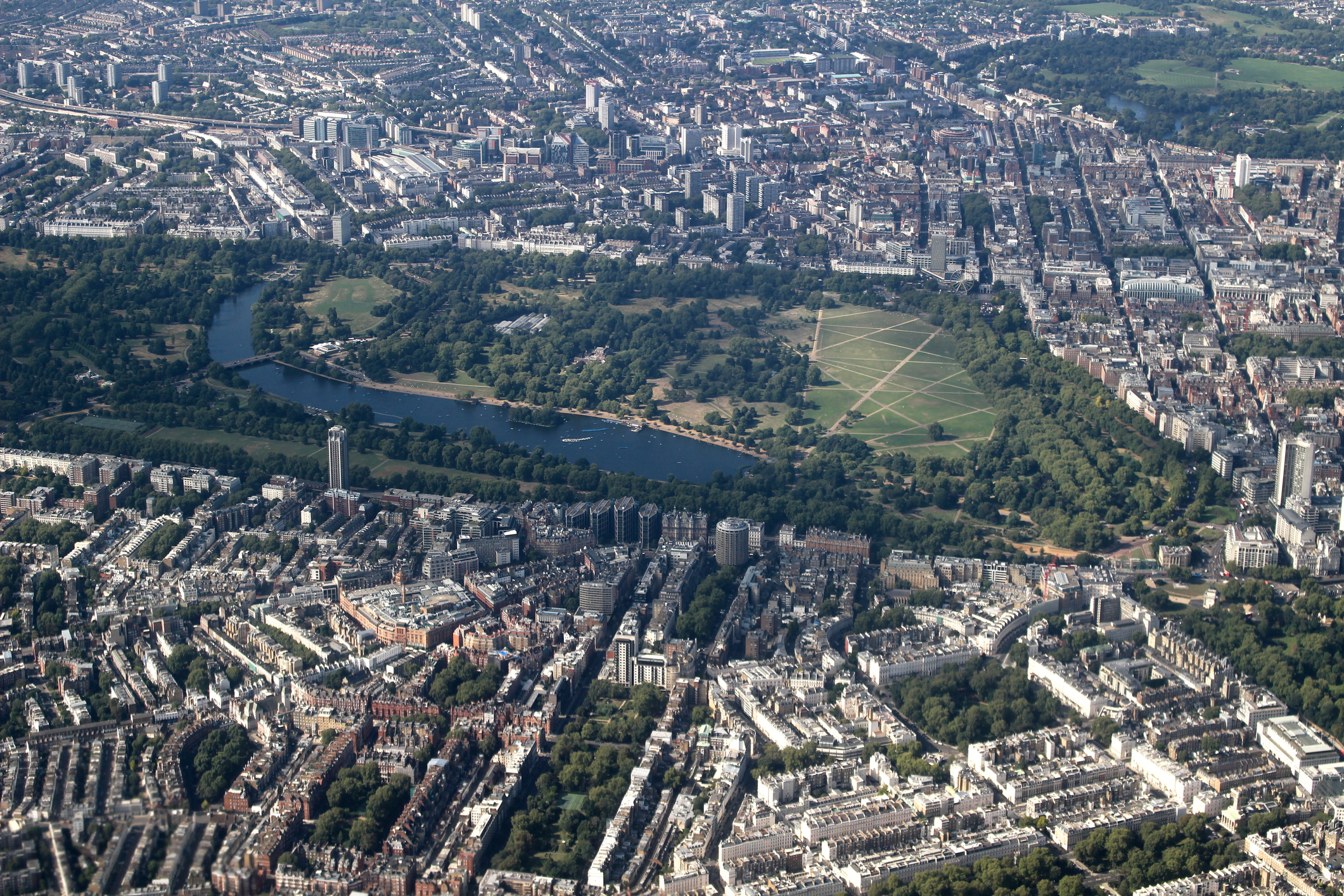
You don’t have to leave Zone 1 to find yourself surrounded by green. Central London’s parks are as much a part of its identity as red buses and West End theatres — and they’re often the setting for the city’s most postcard-worthy moments.
- Hyde Park (140 ha) – London’s grand green stage. Stroll down Serpentine Walk, rent a rowing boat, or check out Speaker’s Corner, where free speech has been performed with gusto for centuries. In summer, the park doubles as a gig venue for major festivals.
- Kensington Gardens (107 ha) – More elegant than its rowdy neighbour, with manicured lawns, the Serpentine Galleries, and the soaring Albert Memorial. It’s also the front lawn of Kensington Palace, home to royals past and present.
- St James’s Park (23 ha) – Possibly London’s prettiest park, with pastel flower beds, ornamental lakes, and pelicans gliding against a backdrop of Buckingham Palace.
- Green Park (16 ha) – No flower beds, no lakes, no palaces — just grass and trees. The minimalist Royal Park is made for a quick lunchtime lie-down or a quiet picnic.
And if you thought central London was all concrete and chaos, the garden squares will prove you wrong:
- Lincoln’s Inn Fields (5 ha) – The city’s biggest square, where lawyers and lunchers rub shoulders in the shadow of Sir John Soane’s Museum.
- Russell Square (4 ha) – Bloomsbury’s leafy heart, perfect for coffee breaks between the British Museum and Senate House.
- Soho Square (0.6 ha) – A lively little patch surrounded by bars and theatres; office workers pack it on sunny days.
- Victoria Embankment Gardens (7 ha) – Riverside lawns dotted with statues, close enough to the Strand for a post-work wander.
- Grosvenor Square (2.5 ha) – A slice of Mayfair history with a strong American connection.
- Postman’s Park (0.27 ha) – Tiny but unforgettable: home to a moving memorial to ordinary Londoners who died saving others.
- Coram’s Fields (2.8 ha) – A London curiosity — adults can only enter if accompanied by a child.
From pelicans to palace views, these central spaces prove that London’s heart beats green.
South West London: Prestige & Scale
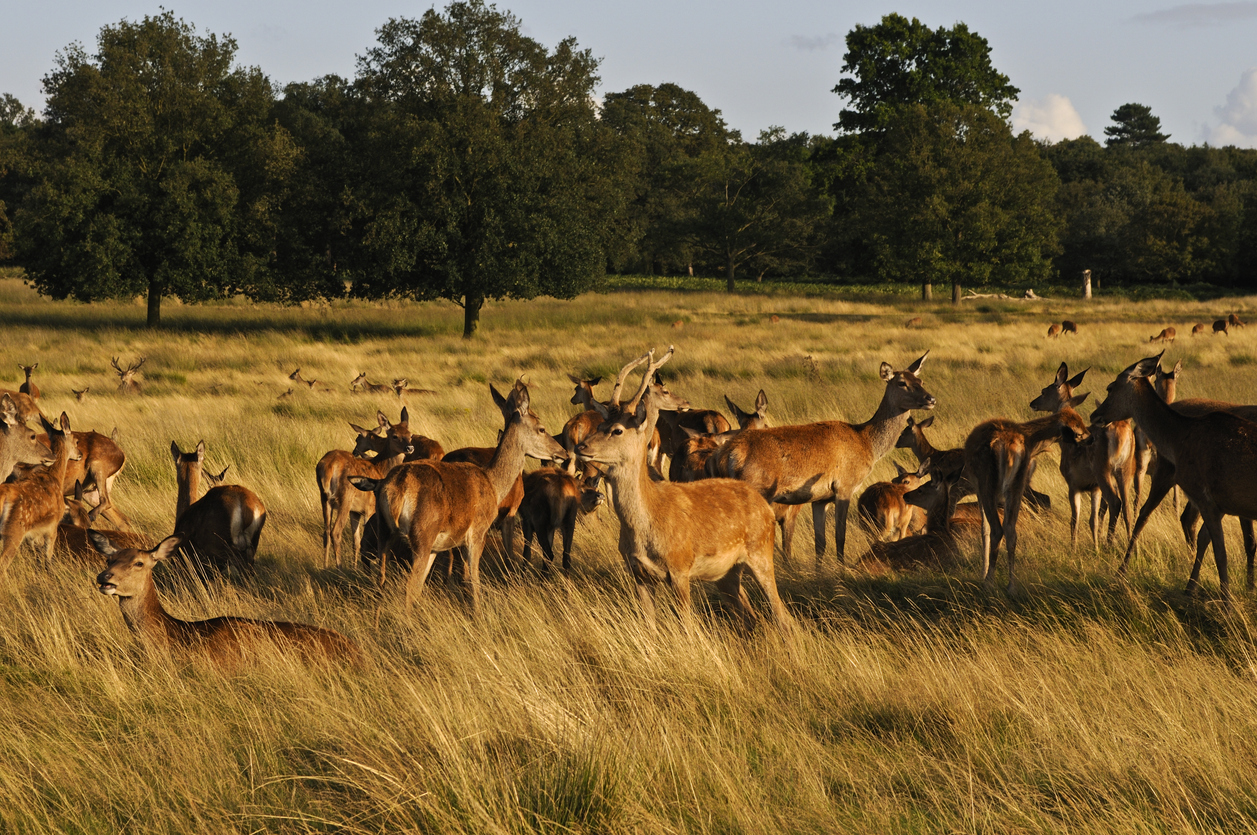
If Central London is pomp and ceremony, South West London is where the capital stretches its legs. Big skies, bigger parks, and the kind of green spaces that feel more like countryside than city.
- Richmond Park (955 ha) – London’s largest Royal Park and the one that feels most like an escape. Herds of red and fallow deer roam freely across sweeping grasslands. Cyclists, joggers and picnickers each find their own patch of paradise. On a clear day, climb King Henry’s Mound for a protected view of St Paul’s Cathedral, ten miles away.
- Bushy Park (445 ha) – Next to Hampton Court Palace, this deer-studded expanse is famous for its Chestnut Avenue planted by Sir Christopher Wren. Big, wild, and blissfully less busy than Richmond.
- Wimbledon Common (460 ha) – A tangle of heath, woodland and ponds beloved by dog walkers and joggers — and immortalised by the eco-conscious Wombles.
- Royal Botanic Gardens, Kew (132 ha) – A UNESCO World Heritage Site and one of the world’s great gardens. Wander from Victorian glasshouses to the treetop walkway, past more than 50,000 plant species.
- Tooting Commons (92 ha) – Wildflower meadows, woodland trails and the legendary Tooting Bec Lido — Europe’s largest outdoor swimming pool.
- Clapham Common (89 ha) – A social hub with a packed events calendar, from music festivals to food fairs. On sunny weekends, it feels like all of south London is here with cans of beer.
- Battersea Park (83 ha) – Riverside, relaxed and refined. Alongside boating lakes and shady boulevards you’ll find a mini-zoo, an art gallery, and some of the best river views in town.
Wandsworth Common (73 ha) – Quieter than its neighbours, this is the local’s choice for a morning run, a stroll, or a game of tennis.
North London: Heaths, Hills & Panoramic Views
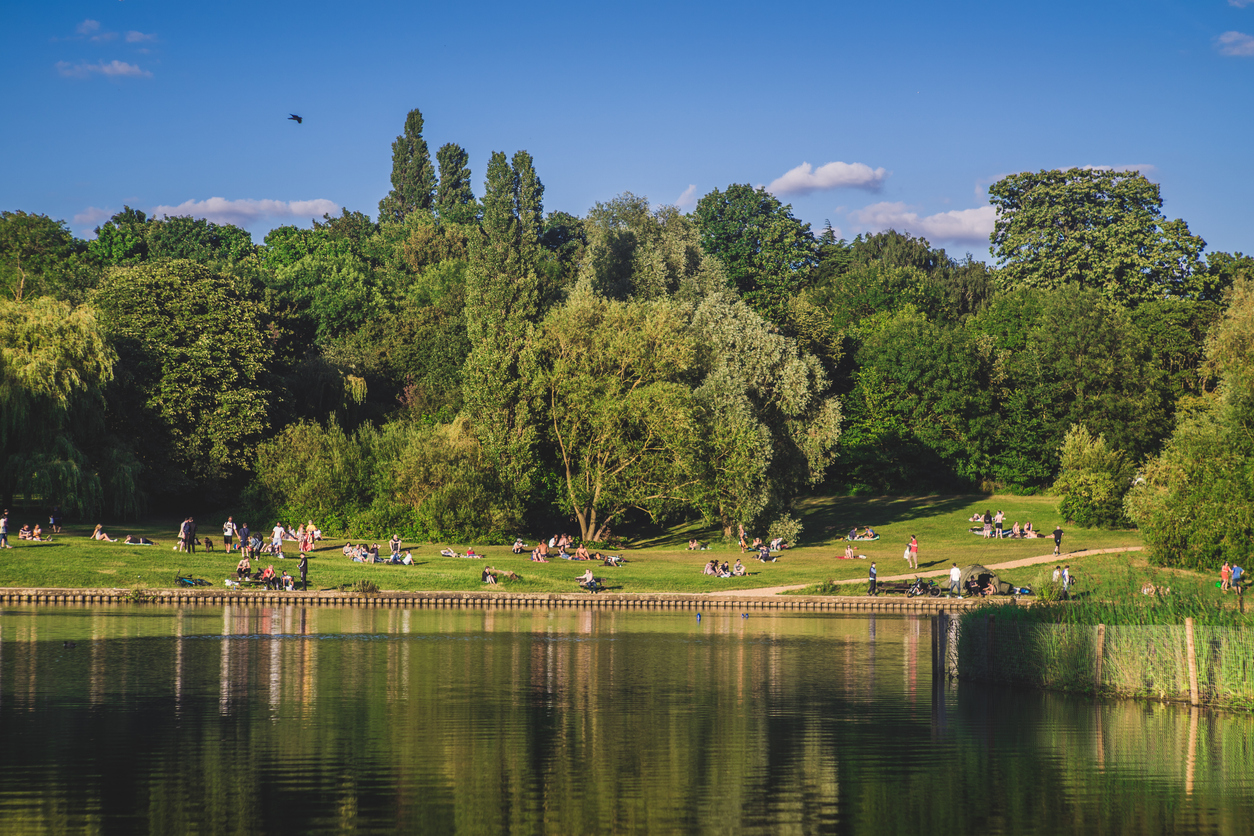
North London does drama — hills, viewpoints and a touch of wildness. It’s where you come for skyline selfies, muddy boots, and that feeling of leaving the city behind without ever leaving it.
- Hampstead Heath (320 ha) – Wild, sprawling, and never the same twice. Ancient woodlands, swimming ponds, hidden glades and Parliament Hill, where the city skyline unfolds like a toy model. No park captures London’s unruly spirit better.
- Trent Park (169 ha) – A country estate within city limits, with woodland trails, lakes, and a stately mansion. A day here feels like pressing pause on urban life.
- Regent’s Park (166 ha) – Elegance in landscape form: formal rose gardens, graceful avenues, boating lakes — and London Zoo tucked inside. A Sunday stroll here is London at its most genteel.
- Alexandra Park (80 ha) – Dominated by Alexandra Palace (“Ally Pally”), this hillside park is where you come for fireworks, gigs, and sweeping views.
- Finsbury Park (46 ha) – A Victorian all-rounder with sports pitches, a lake, and a calendar of summer festivals that shake the ground.
- Highgate Wood (28 ha) – Ancient woodland with oak, hornbeam and wildlife galore — a storybook reminder of the forest that once covered all of north London.
Primrose Hill (25 ha) – Less wild, more chic. This grassy mound north of Regent’s Park is one of the city’s most photographed viewpoints, all pastel sunsets and celebrity dog-walkers.
East London: Regeneration & Wild Wetlands
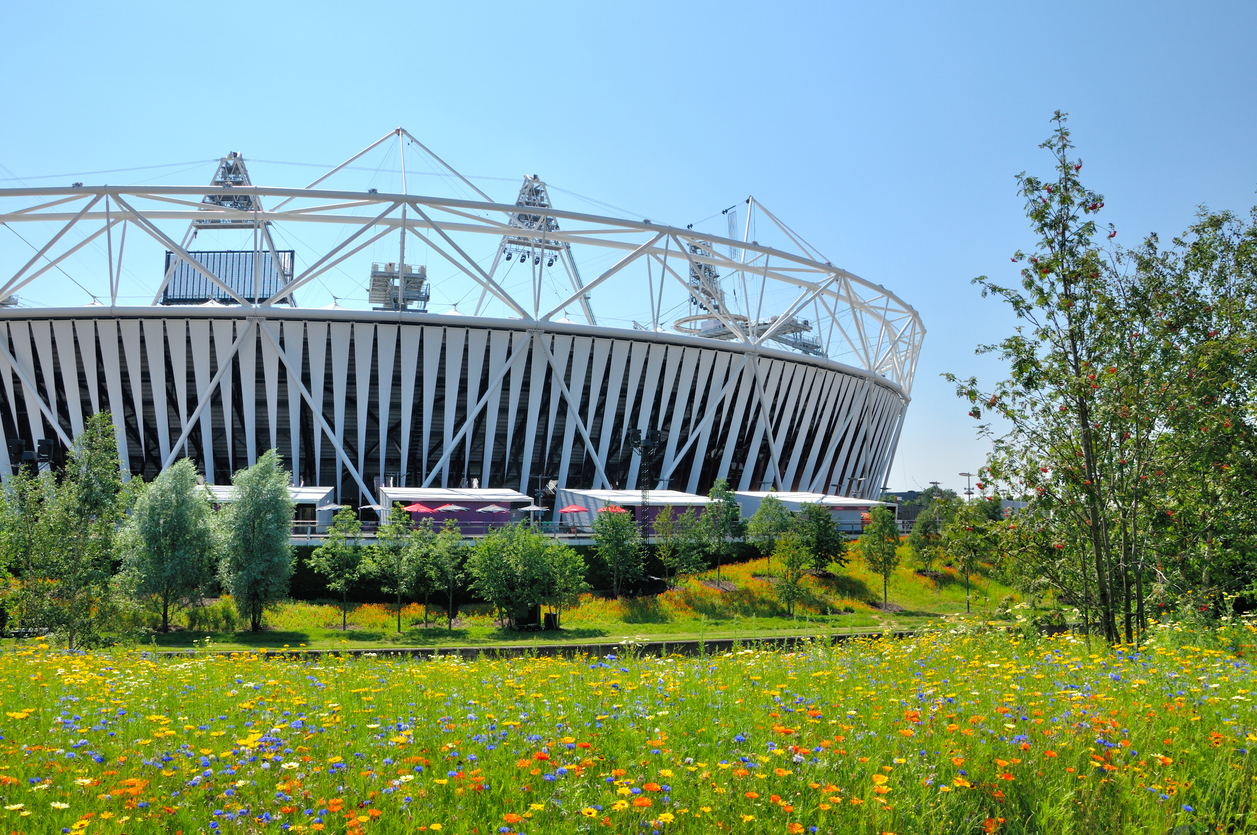
Once best known for warehouses and industry, East London has reinvented itself as a landscape of rewilded rivers, Olympic legacies and community parks buzzing with life.
- Lee Valley Regional Park (4,000 ha) – A 26-mile ribbon of green following the River Lea from London into Hertfordshire and Essex. Expect wetlands, cycling trails, rowing lakes, even white-water rafting. Less a park, more a parallel world.
- Queen Elizabeth Olympic Park (227 ha) – Built for the 2012 Games, this futuristic playground is now a destination in its own right. Wander past wildflower meadows, sculptures and the ArcelorMittal Orbit tower before diving into Stratford’s endless coffee shops.
- Walthamstow Wetlands (211 ha) – Europe’s largest urban wetlands, home to herons, kestrels and some of London’s best birdwatching. Climb the Engine House tower for cinematic reservoir views.
- Hackney Marshes (136 ha) – The spiritual home of Sunday league football, with dozens of pitches spread across a vast plain. Equal parts sport and East End soul.
- Victoria Park (86 ha) – The East End’s “People’s Park”. Lakes, a Chinese pagoda, food markets and festivals make it a social calendar as much as a park.
Thames Barrier Park (7 ha) – A slice of modern riverside design with sunken gardens, geometric hedges, and looming views of the Thames Barrier. Underrated picnic territory.
South London: Historic Commons & Community Favourites

South London’s green spaces are all about character. Less manicured than the Royal Parks and less polished than the Olympic Park, but buzzing with local pride, political history and more than a few cult-favourite lidos.
- Mitcham Common (182 ha) – One of London’s wildest commons, with grassland, ponds and scrub that feel far from the city.
- Beckenham Place Park (96 ha) – Lewisham’s largest park, complete with a Georgian mansion and a wild swimming lake that’s fast become a summer ritual.
- Blackheath (86 ha) – A vast plain that’s hosted everything from medieval jousts to modern funfairs. On sunny weekends, kites fill the skies.
- Crystal Palace Park (80 ha) – Equal parts quirky and historic: Victorian dinosaur statues lurk among lakes and lawns, while sports centres and playgrounds keep things lively.
- Greenwich Park (74 ha) – One of London’s most historic landscapes, home to the Royal Observatory and a hilltop view across the Thames.
- Burgess Park (56 ha) – A regeneration success story, stitched together from old streets and bombsites. Today it’s a hotspot for cycling, BBQs and community events.
- Brockwell Park (51 ha) – South London’s answer to Hampstead Heath, with a lido, rolling hills and knockout skyline views.
- Peckham Rye Park & Common (46 ha) – A mix of lawns, ornamental gardens and woodland trails — plus one of the area’s best spots for a lazy afternoon.
- Dulwich Park (31 ha) – More genteel, with boating lakes, avenues and ornamental gardens.
- Kennington Park (15 ha) – A park with radical history (think 19th-century reform meetings) and a strong community feel.
Camberwell Green (1.4 ha) – Small but mighty: a bustling neighbourhood square at the heart of local life.
West London: Local Gems
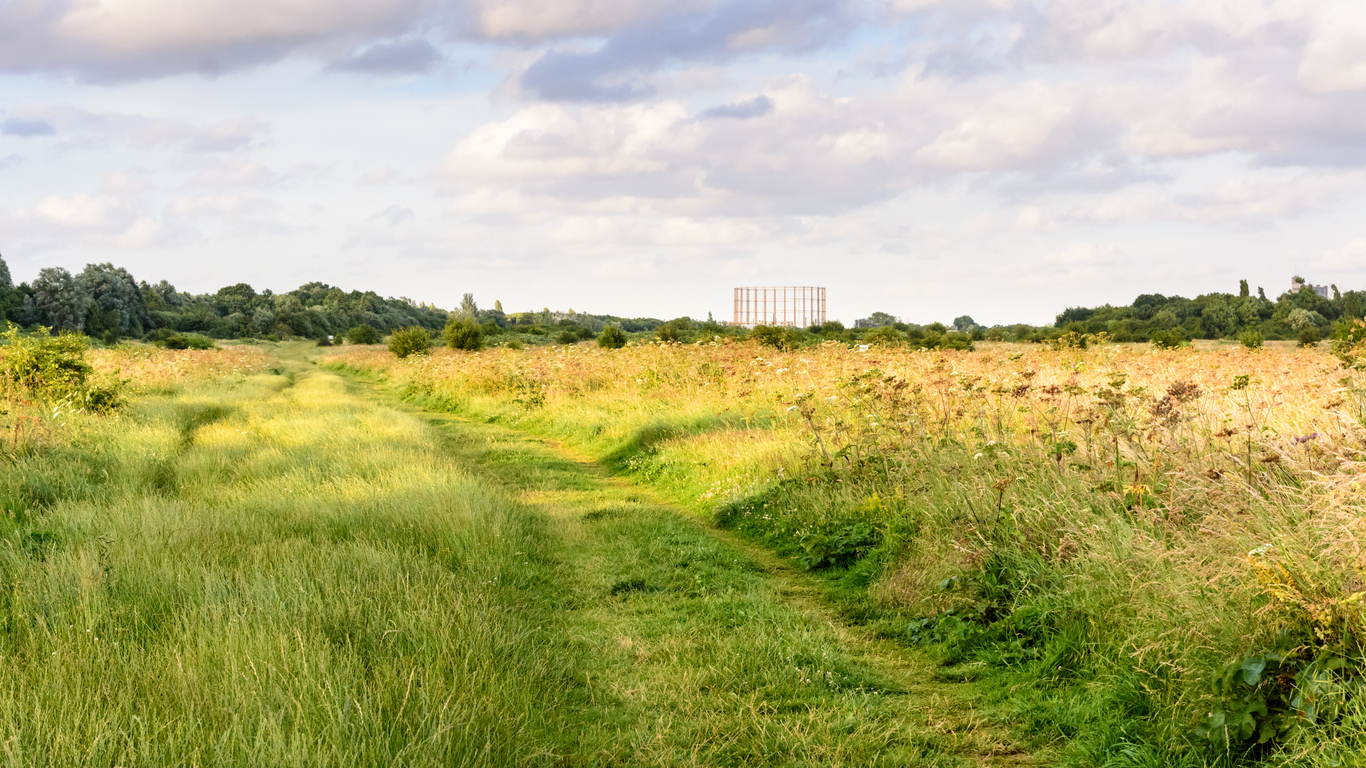
West London may not have Richmond’s deer herds or Hampstead’s drama, but it makes up for it with charm and cultural flair.
- Wormwood Scrubs (80 ha) – A vast open grassland, raw and windswept. Popular with dog walkers, birdwatchers, and anyone craving big skies.
- Gunnersbury Park (72 ha) – Once the estate of the Rothschild family, now a community park with sweeping lawns, fishing lakes and a museum in the mansion. Summer festivals keep it lively.
Holland Park (22 ha) – A chic enclave off Kensington High Street, famous for its Kyoto Garden — a Japanese oasis complete with koi pond and waterfall. In summer, it hosts opera under the stars.
Greater London Fringe & Beyond: London’s Wild Edge
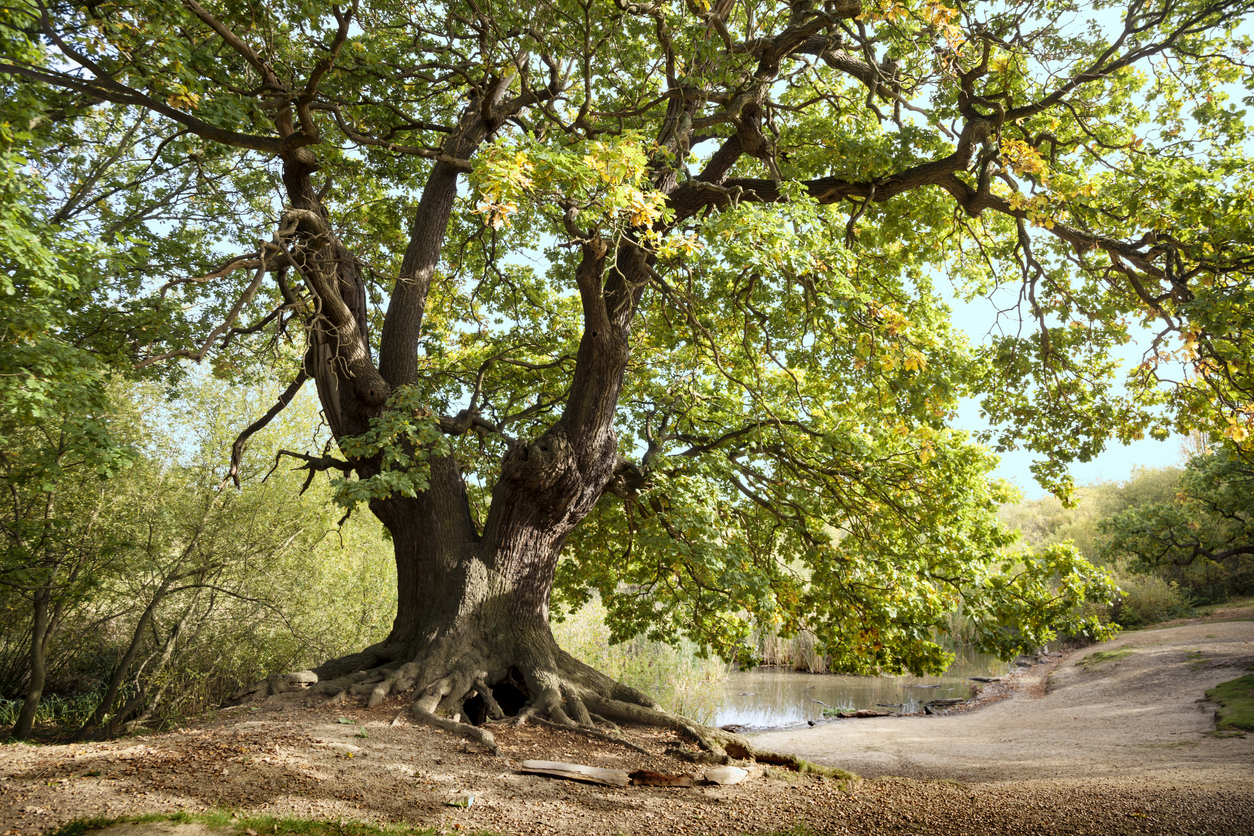
Venture further out and London reveals a rural side. Vast forests and country parks sit on the city’s fringe, offering proper day-trip adventures that feel a world away from the Tube map.
- Thames Chase (9,842 ha) – A sprawling community forest stretching into Essex and Hertfordshire. Bigger than many national parks, with walking and cycling trails through woodland and farmland.
- Epping Forest (2,476 ha) – Once a royal hunting ground, now a wilderness of ancient woodland, ponds and glades. With 55,000 veteran trees, it’s a green time capsule on London’s doorstep.
- Wildspace Conservation Park (645 ha) – A vast conservation area in Bexley, perfect for birdwatchers and anyone after a quiet ramble away from the crowds.
- Hainault Forest Country Park (136 ha) – A historic hunting forest turned public playground, with rambling trails, mirror-still lakes and even a small farm.
These are the places where you swap takeaway coffee for a thermos, and trainers for walking boots. Proof that even at its edges, London never runs short of greenery.
Conclusion
London’s green spaces are as much a part of its identity as its skyline. From royal parades in St James’s Park to wild deer in Richmond, from rooftop views on Hampstead Heath to birdwatching at Walthamstow Wetlands, the city’s parks are where history, culture and everyday life meet.
So next time you’re in London, take a detour. Pack a picnic, lace up your trainers, and discover the green spaces that keep London alive.

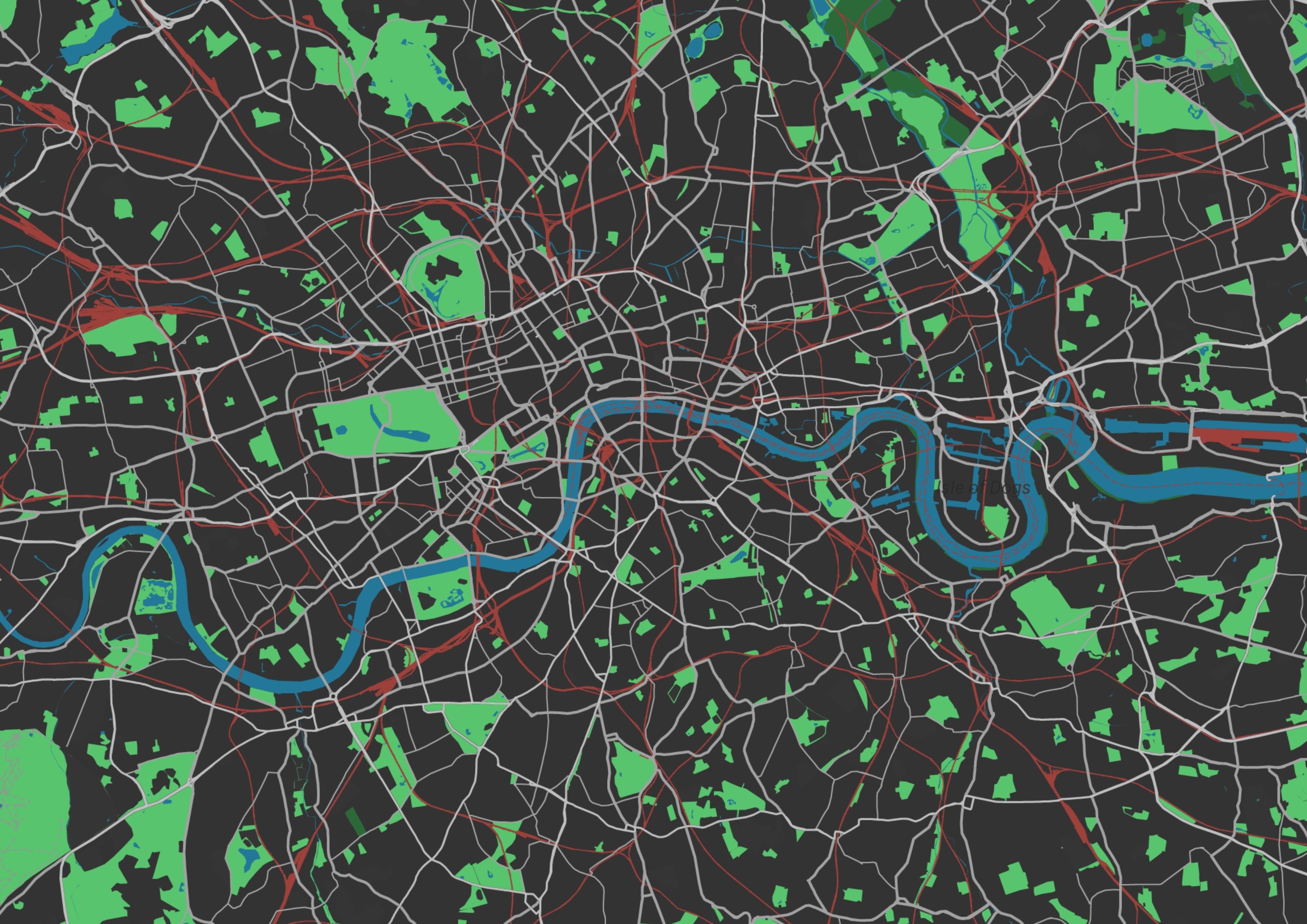
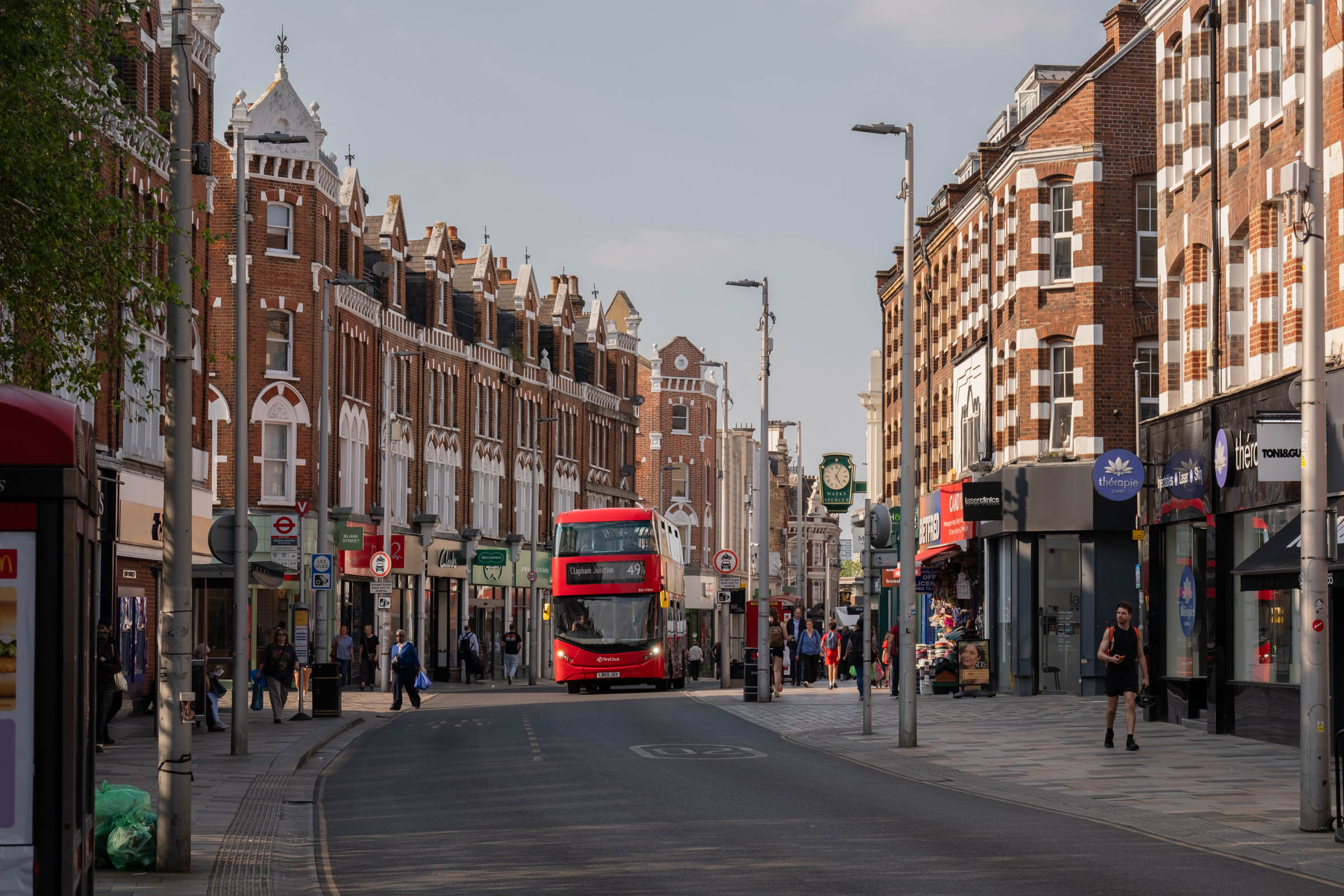

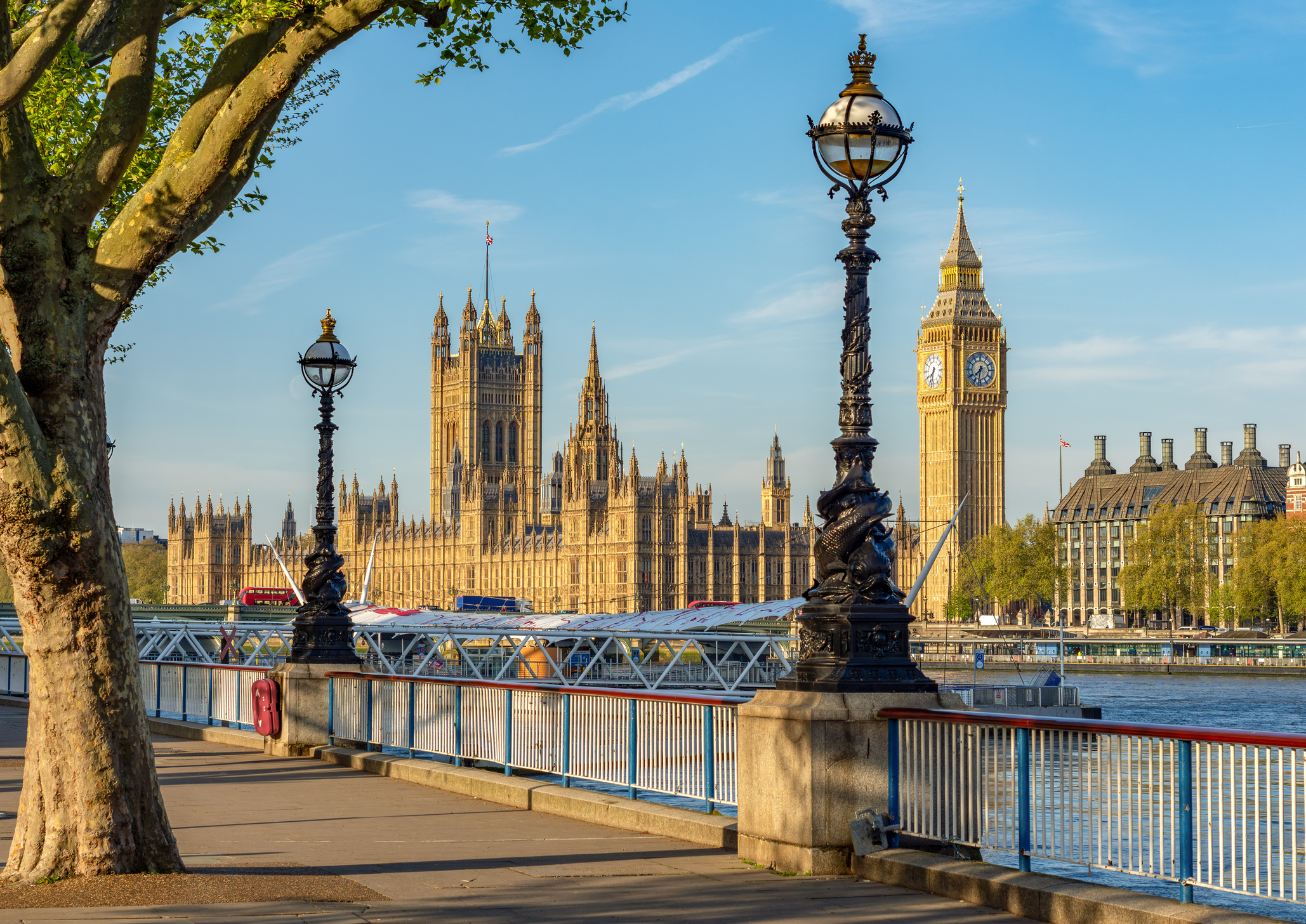
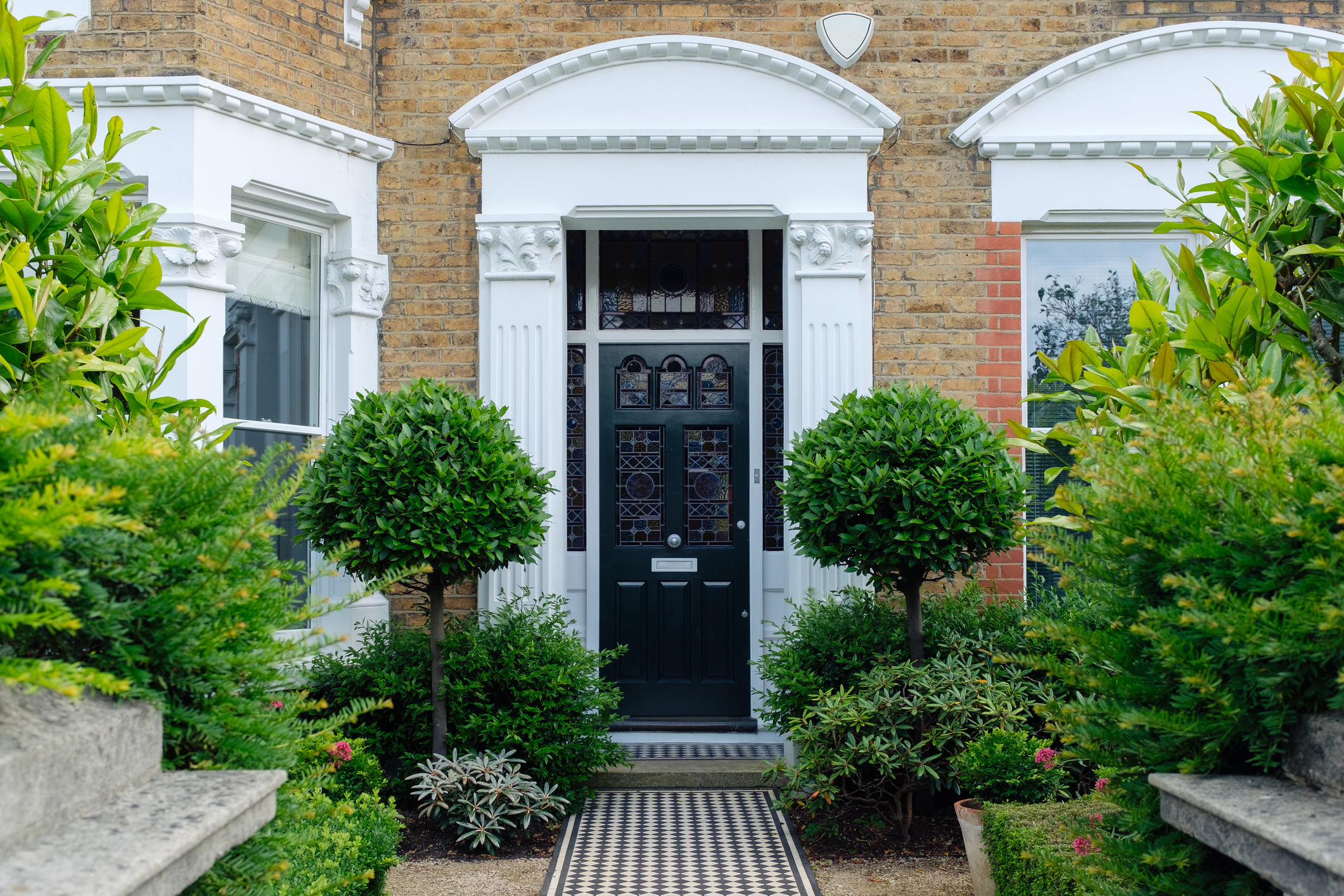


.webp)